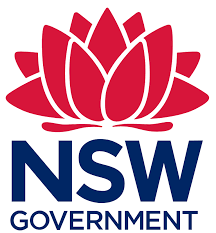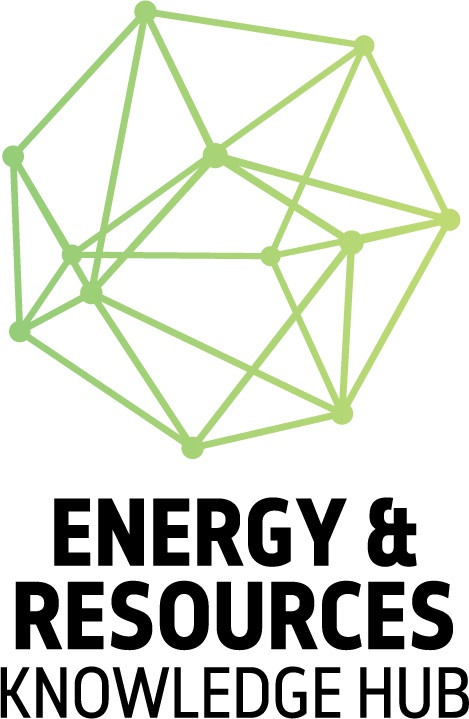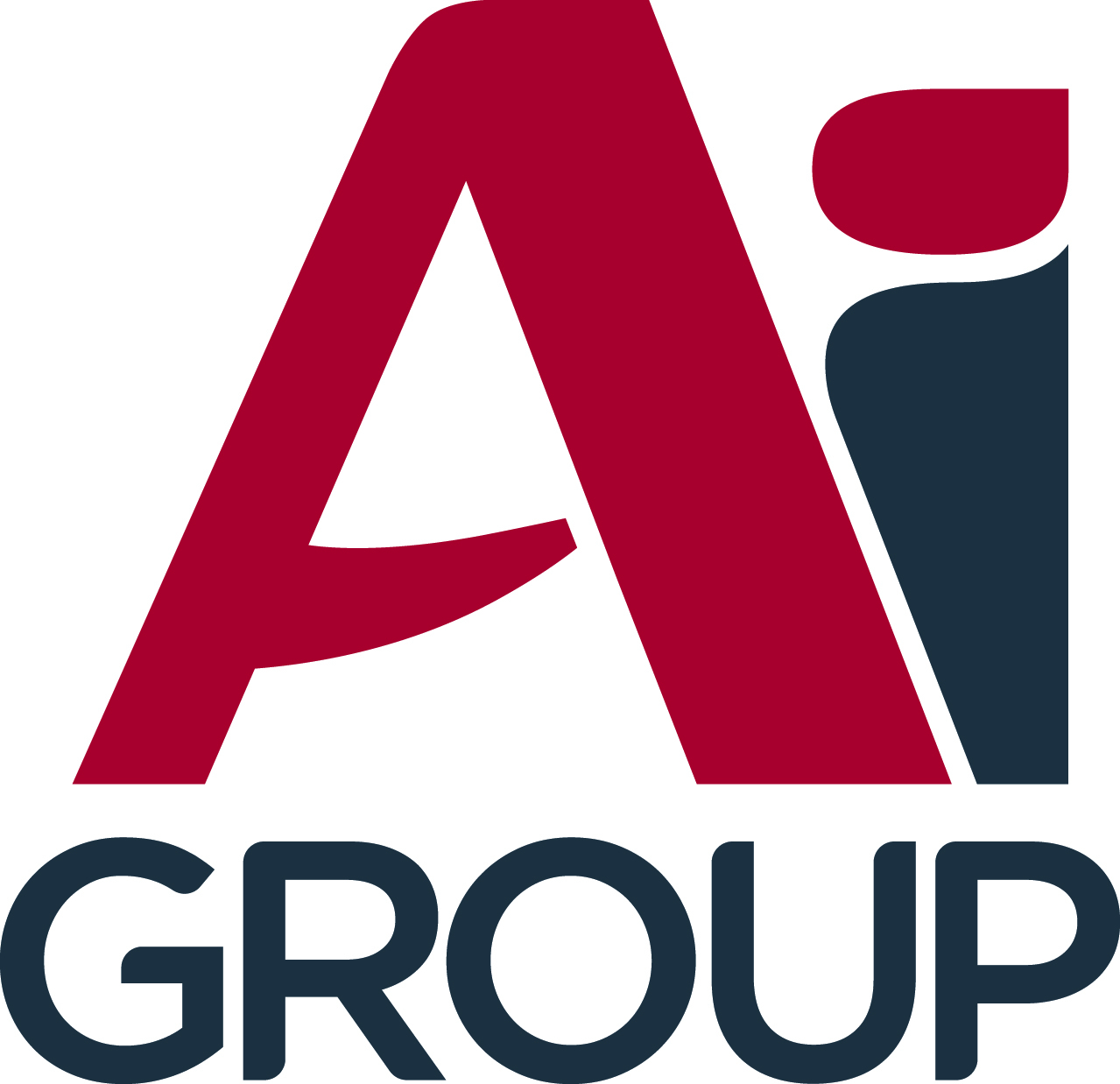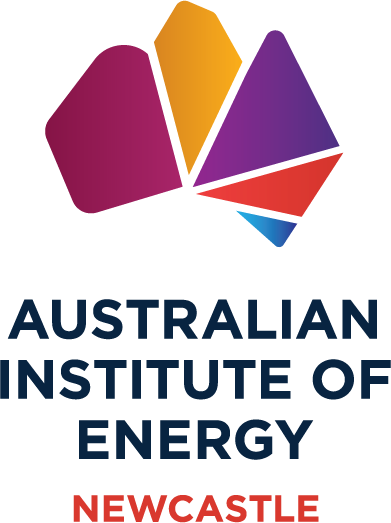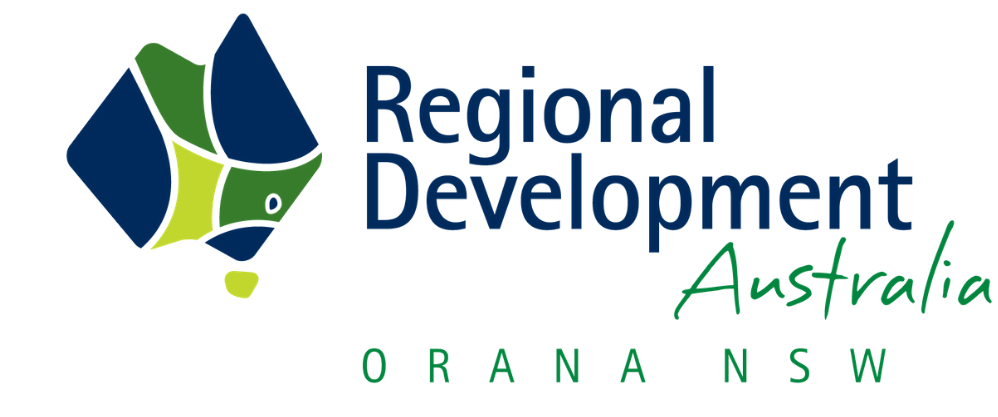Hydrogen-powered flight takes off: A step closer to net zero aviation
Researchers at the University of New South Wales are developing hydrogen-powered aircraft by creating high-temperature fuel cells using low-cost catalysts and scaling up the technology to larger aircraft.
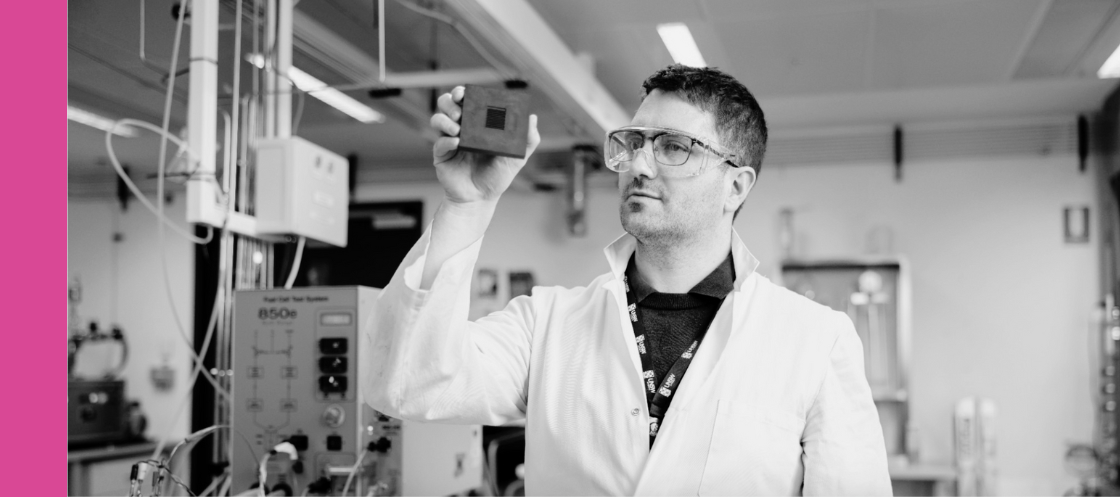
The aviation industry is one of the most challenging sectors to decarbonise, accounting for around 5% of Australia's carbon dioxide emissions. However, researchers at the University of New South Wales (UNSW) are making significant progress towards developing hydrogen-powered aircraft, which could potentially achieve net zero emissions by 2050.
Dr Quentin Meyer, a researcher at UNSW's School of Chemistry, believes hydrogen is the "ultimate clean energy source" because it produces no carbon emissions. He and his colleague, Professor Chuan Zhao, have been working on developing high-temperature fuel cells using low-cost catalysts for the aviation industry.
One of the main challenges facing hydrogen fuel cells is finding the right application. Dr Meyer notes that the industry has struggled to find a suitable use for the technology, but he believes that hydrogen-powered drones could be a viable option. The team aims to power drones with hydrogen fuel cells within the year, with the next step being to scale up the technology to larger aircraft.
Professor Zhao, a world-leading expert in developing low-cost catalysts for water electrolysers and fuel cells, has already invented several catalysts that boost the efficiency of hydrogen production from water. He believes that these catalysts could be a game-changer for the hydrogen economy, making it possible to produce hydrogen at a low cost.
The Australian government is currently reviewing the National Hydrogen Strategy, which aims to position the country as a major player in the global hydrogen industry by 2030. With the aim of achieving net zero emissions by 2050, the development of hydrogen-powered aircraft could be a crucial step towards a cleaner and more sustainable aviation industry.
"We have already created some of the most efficient catalysts for water splitting, which is exciting," Professor Zhao says. "Our catalysts are not just efficient, but also cheap, sturdy and very simple to make. They can also be scaled up for the industrial application of water splitting."
Dr Meyer adds, "If you think back to 15 years ago, Tesla wasn't on the market yet, but the Toyota Prius was. We're on the same path, but for the aviation sector."
The continued research, investment, and collaboration between industry stakeholders and governments will be essential to overcoming the challenges on the road to making hydrogen aviation a reality.




